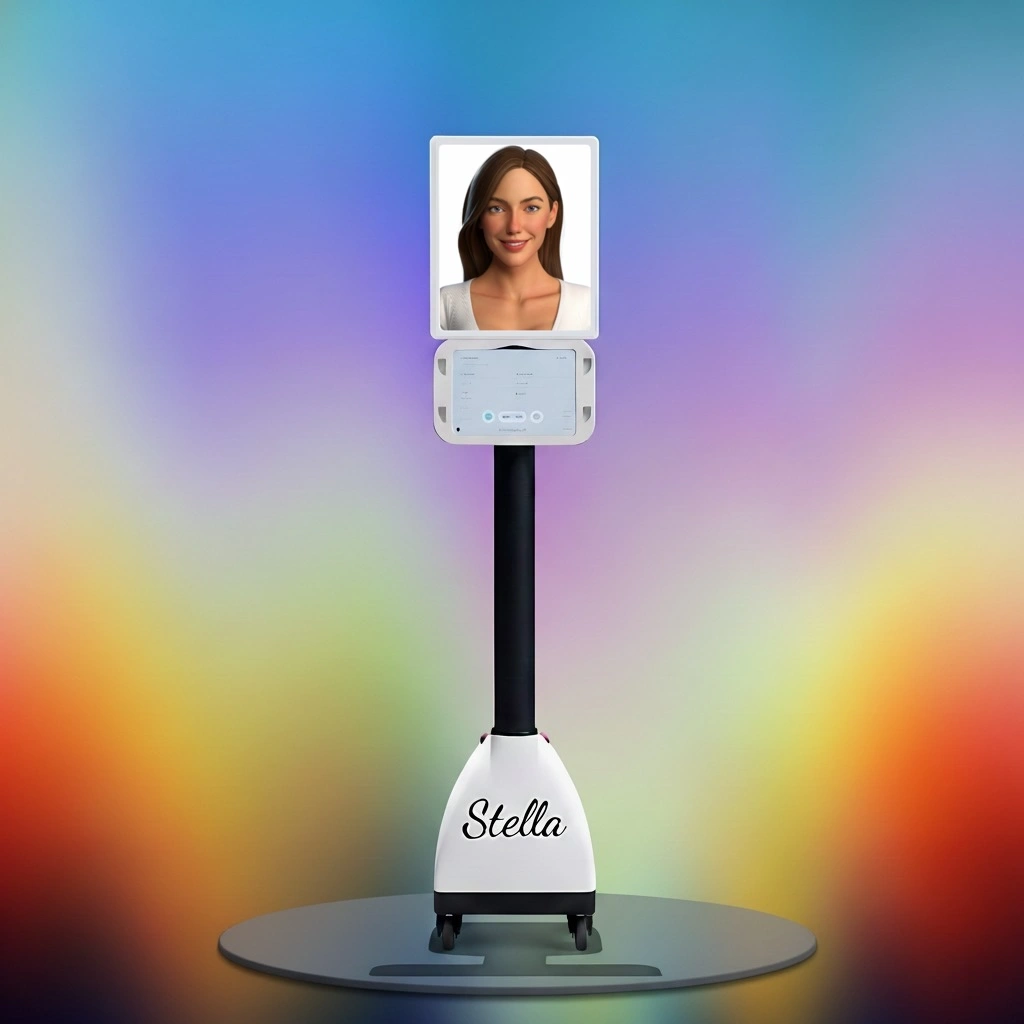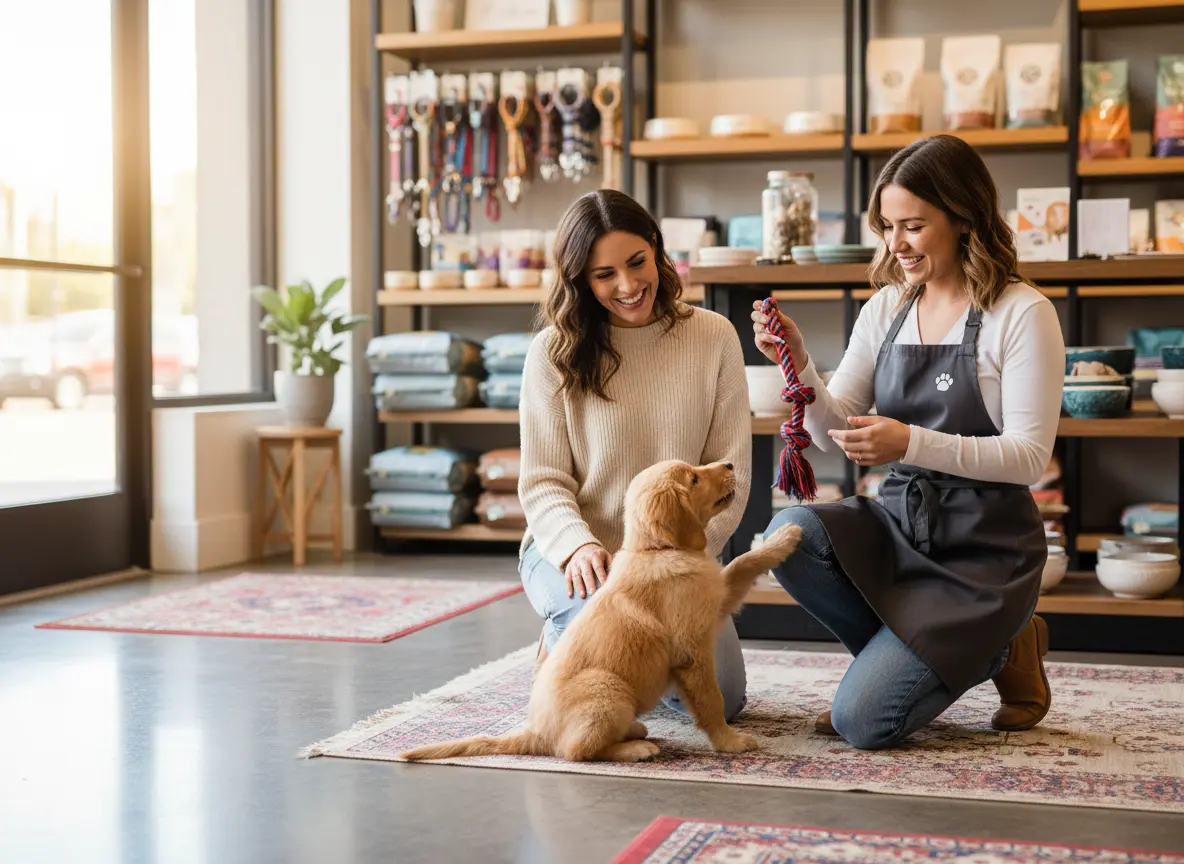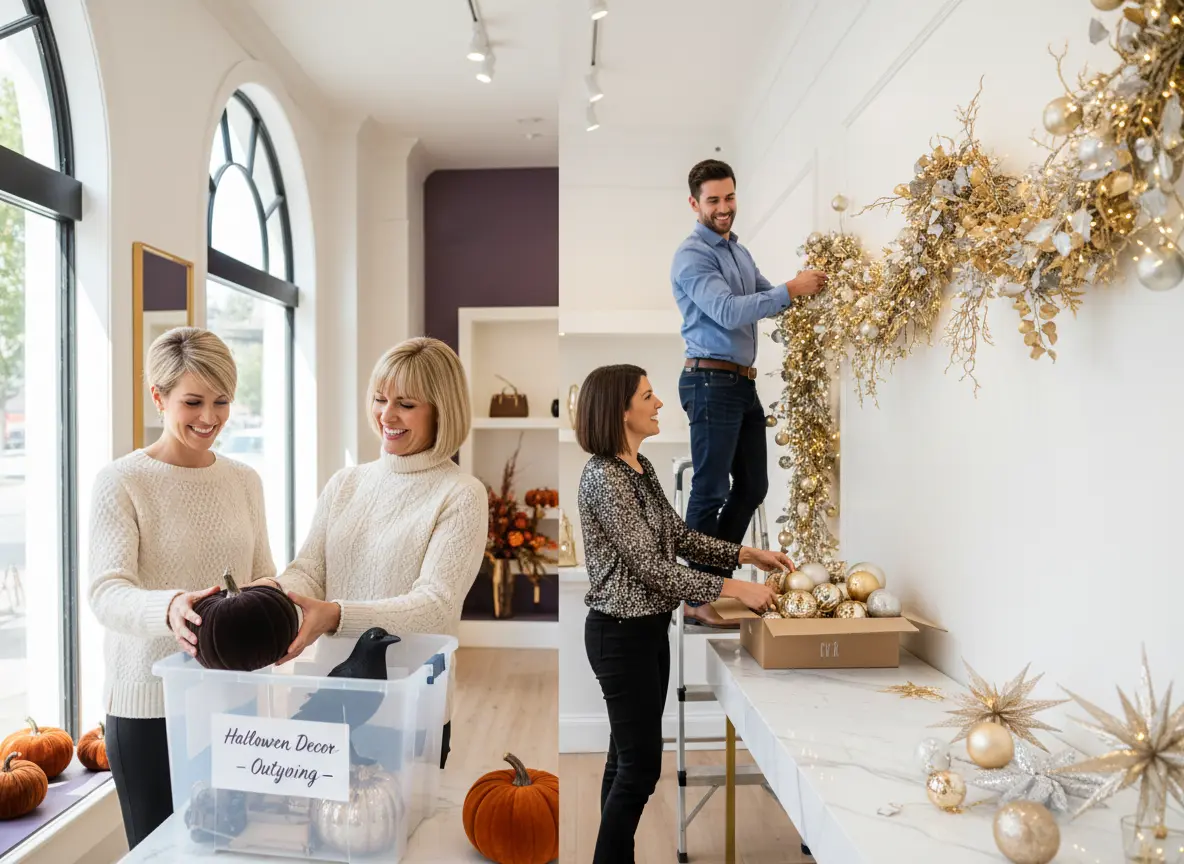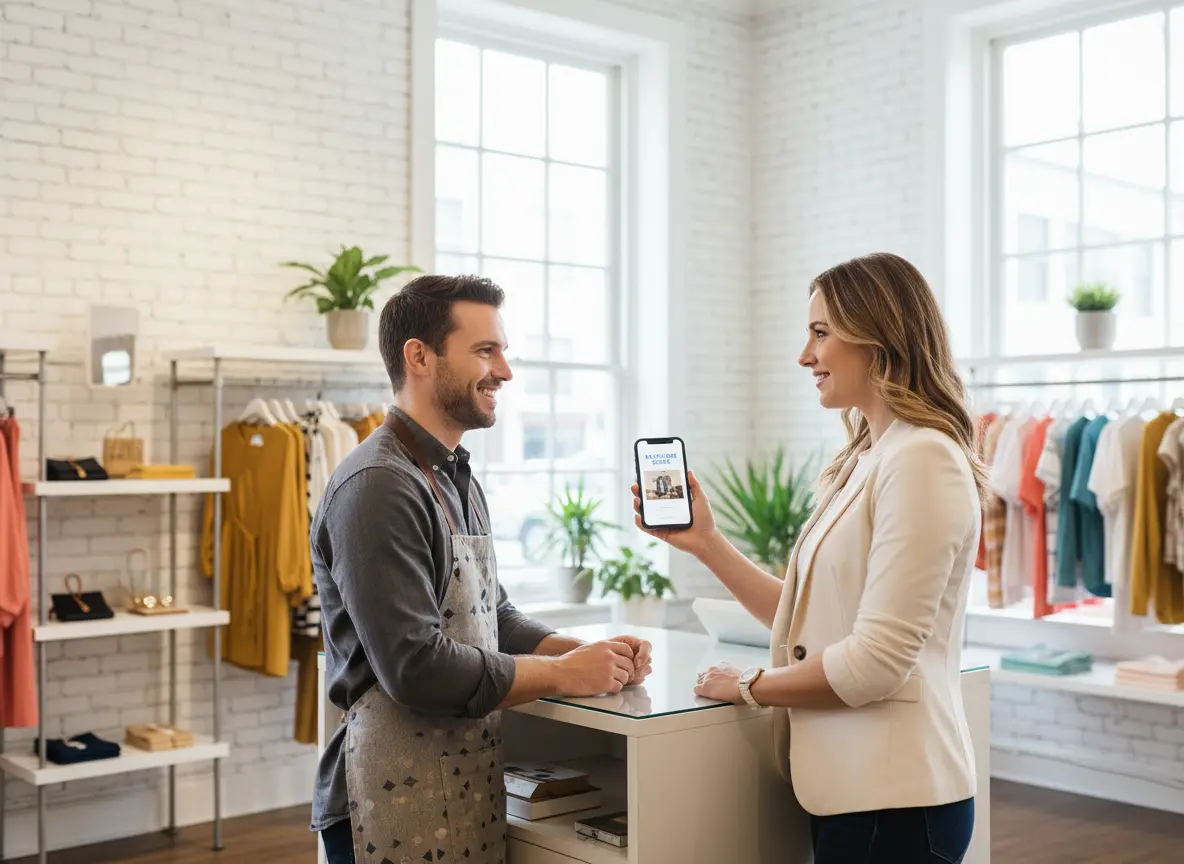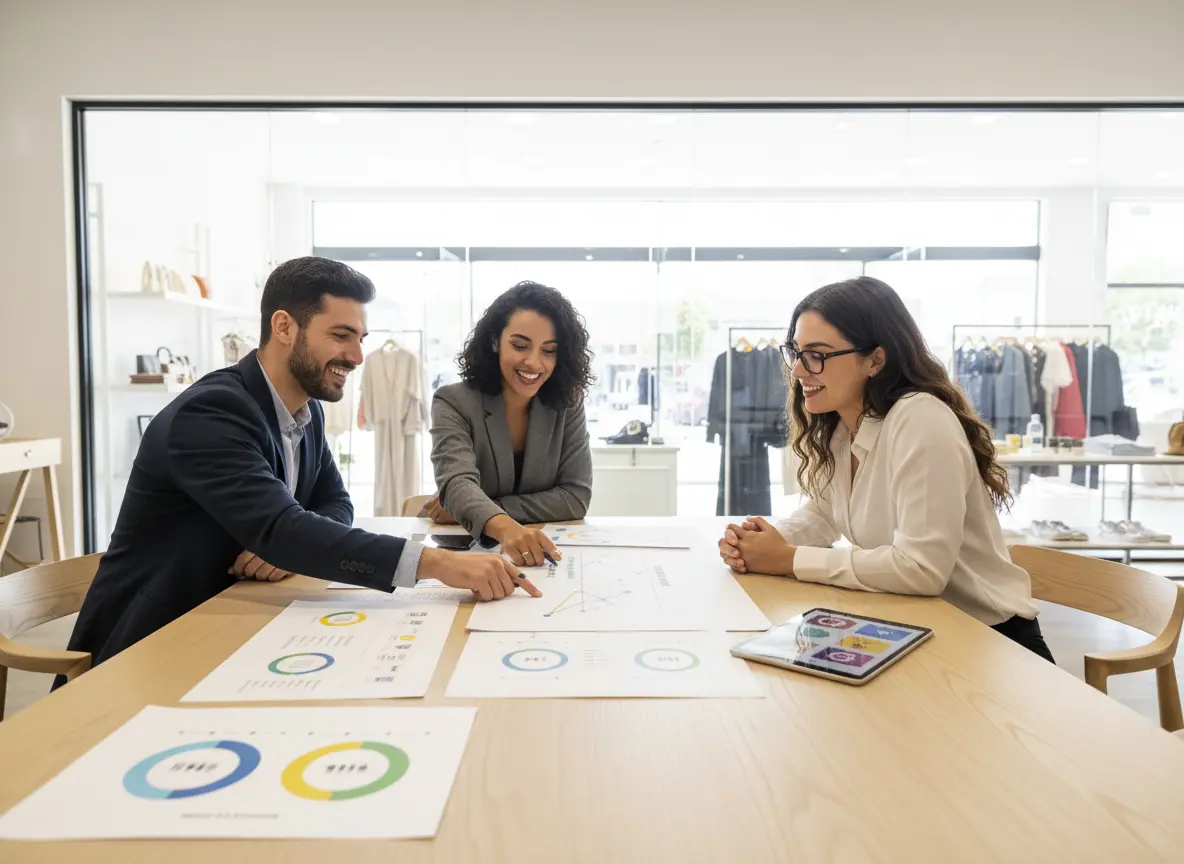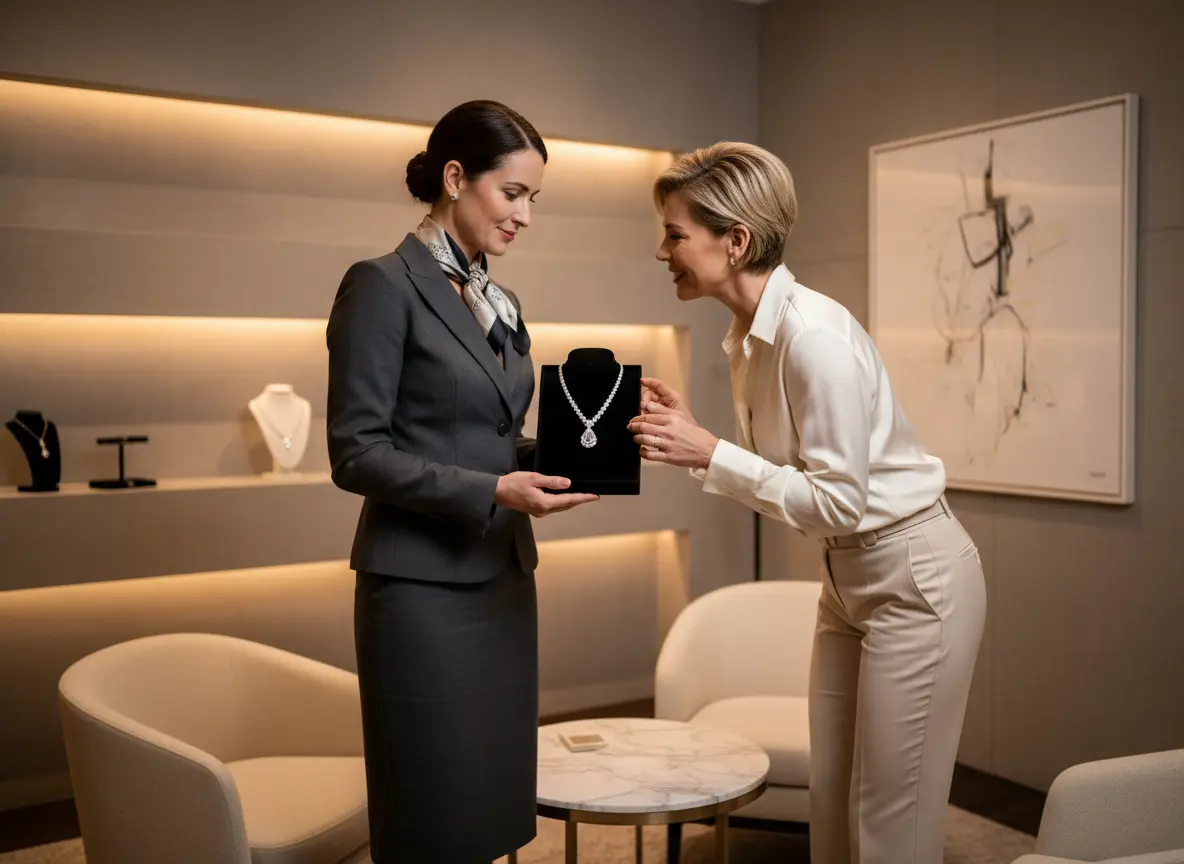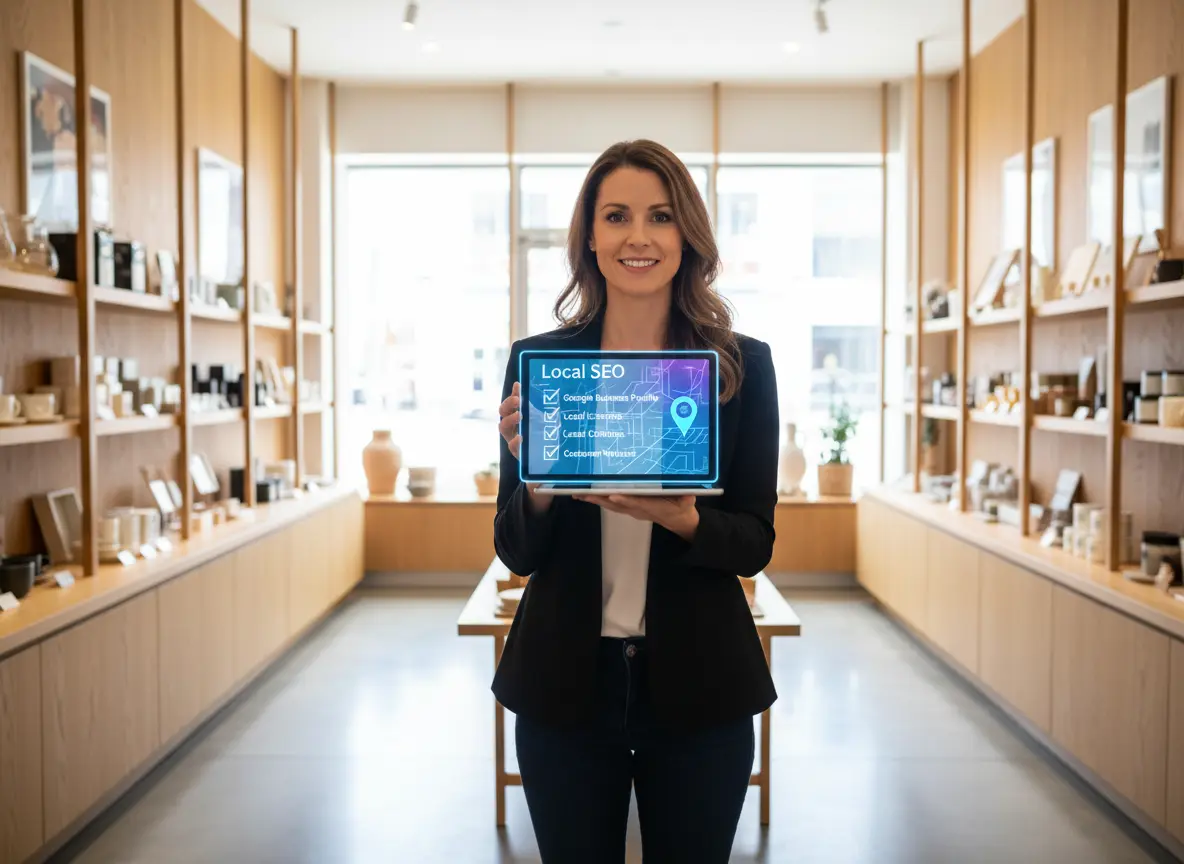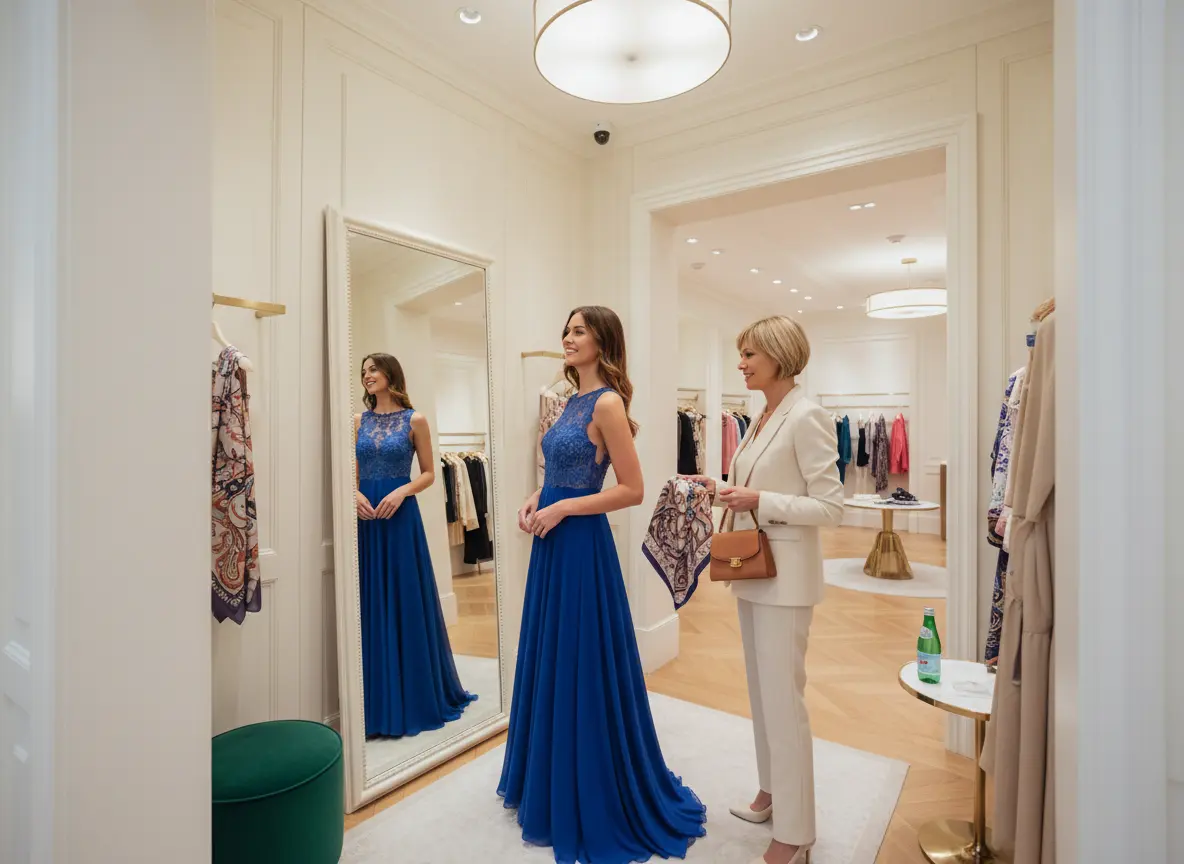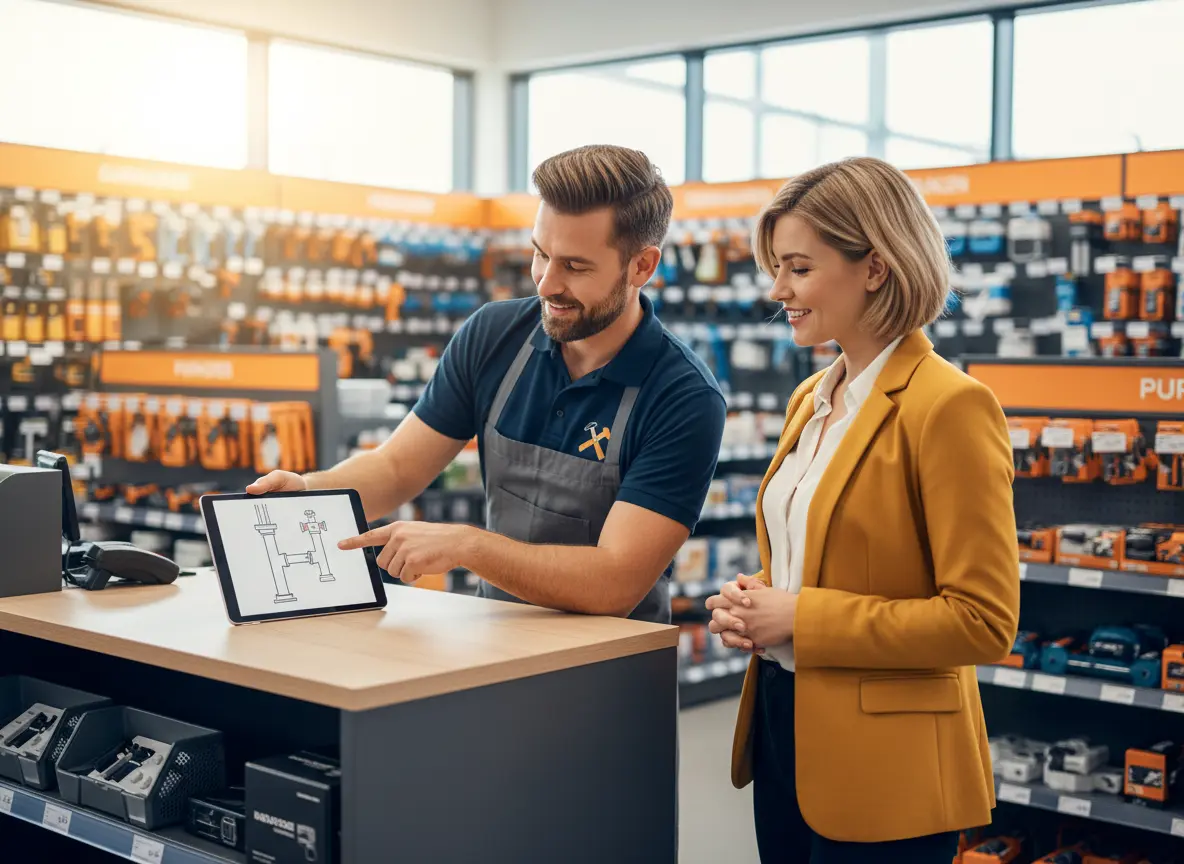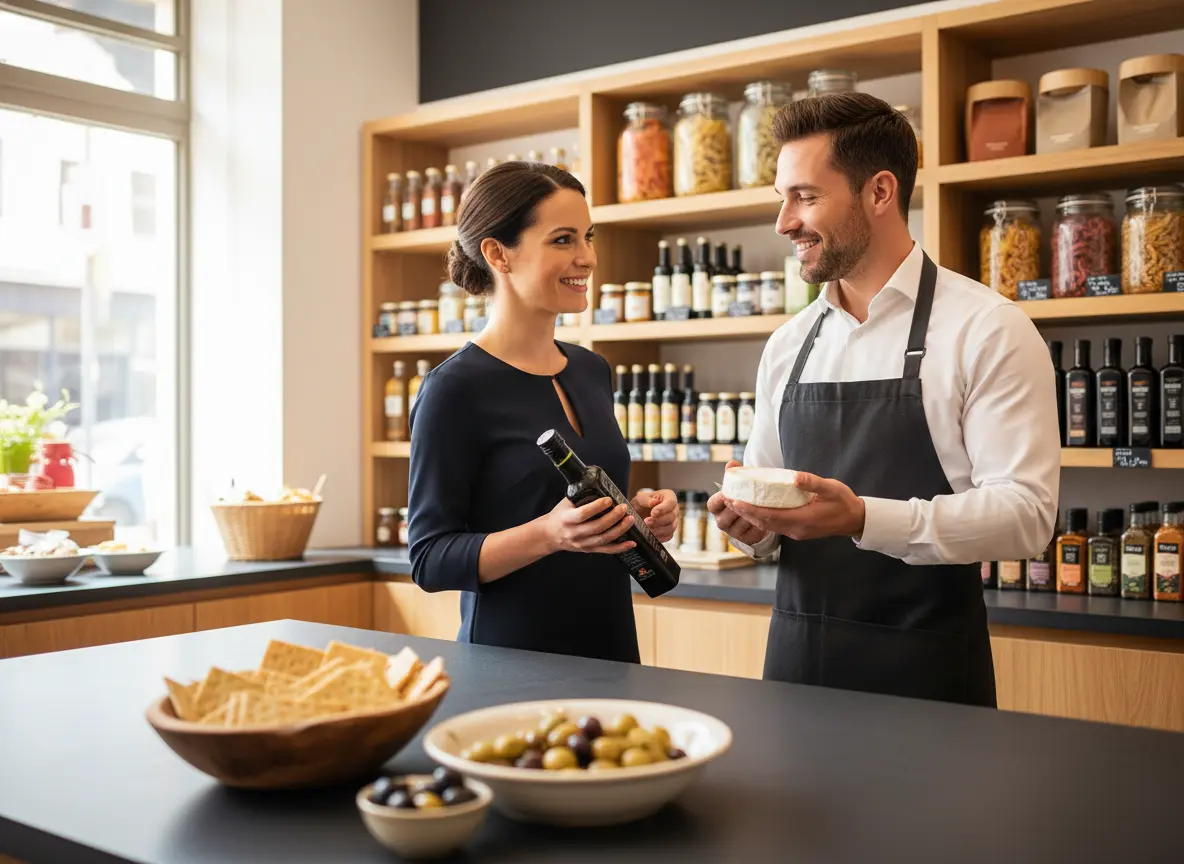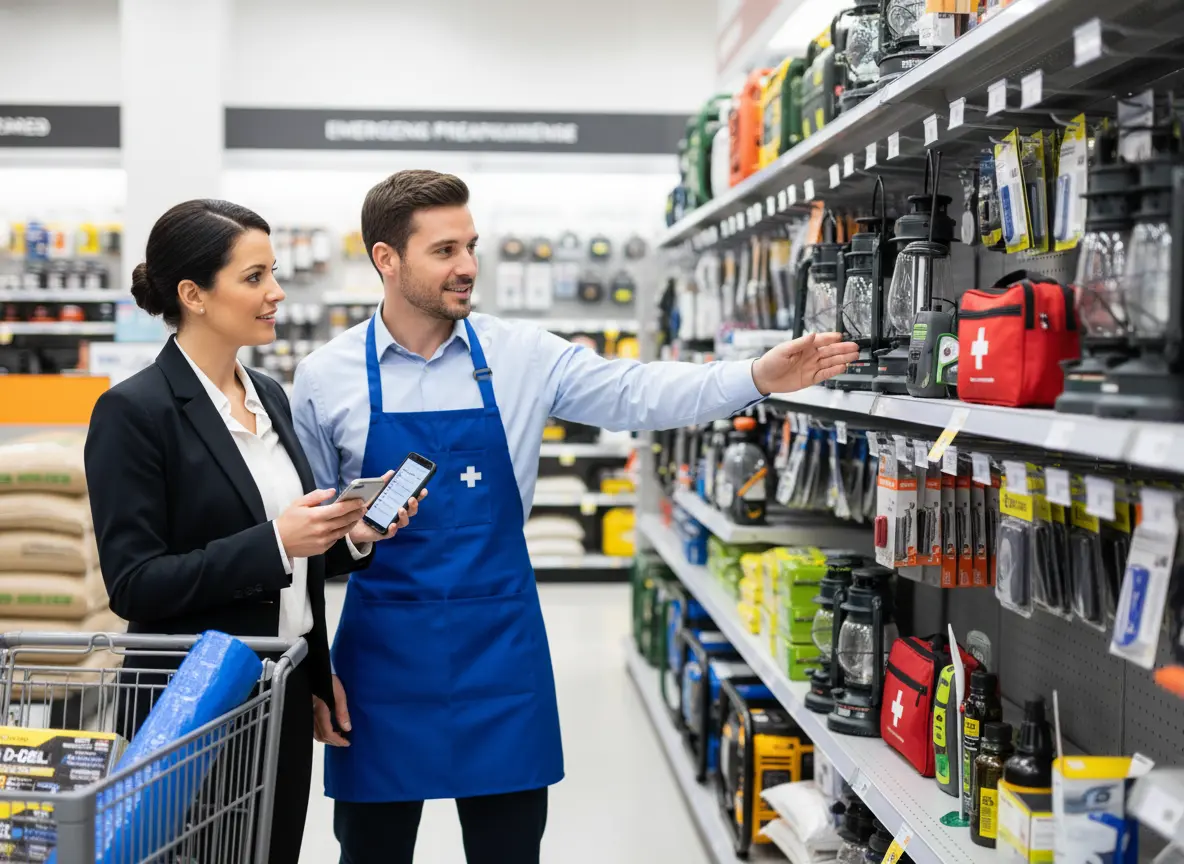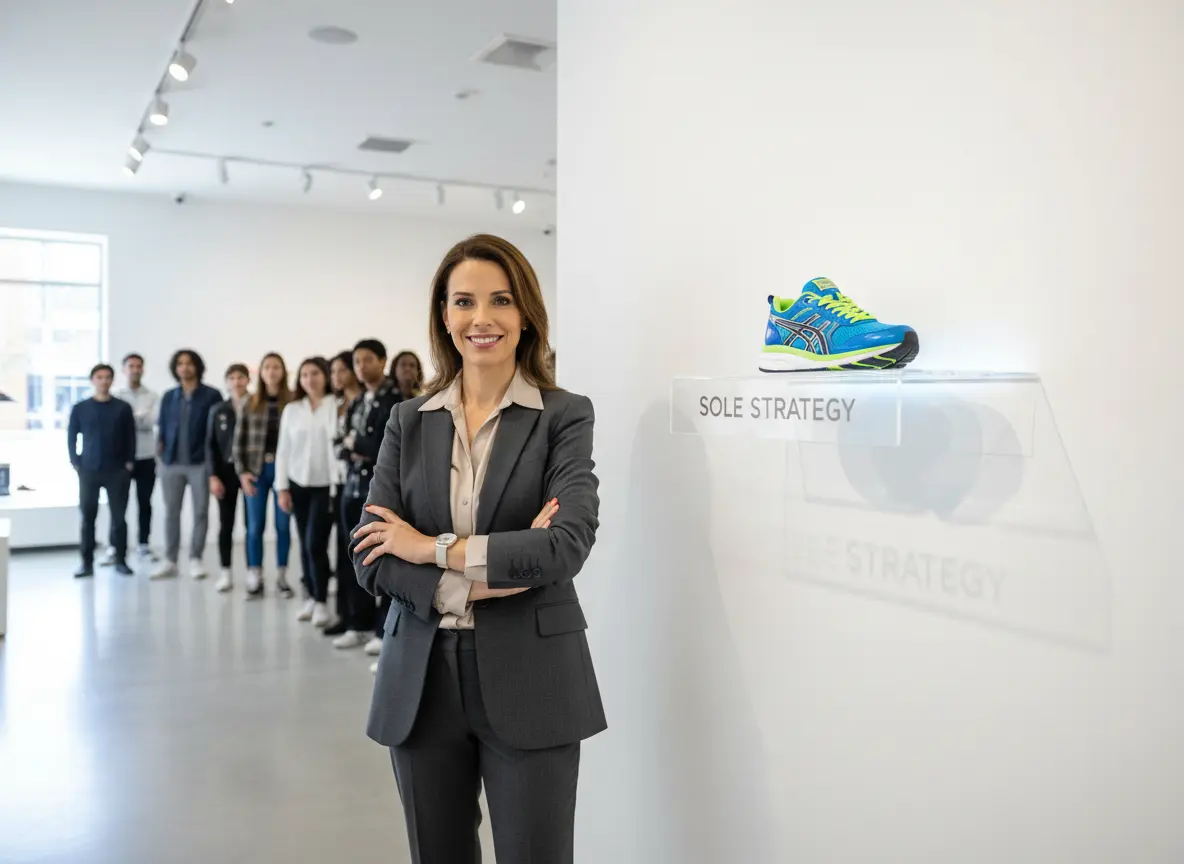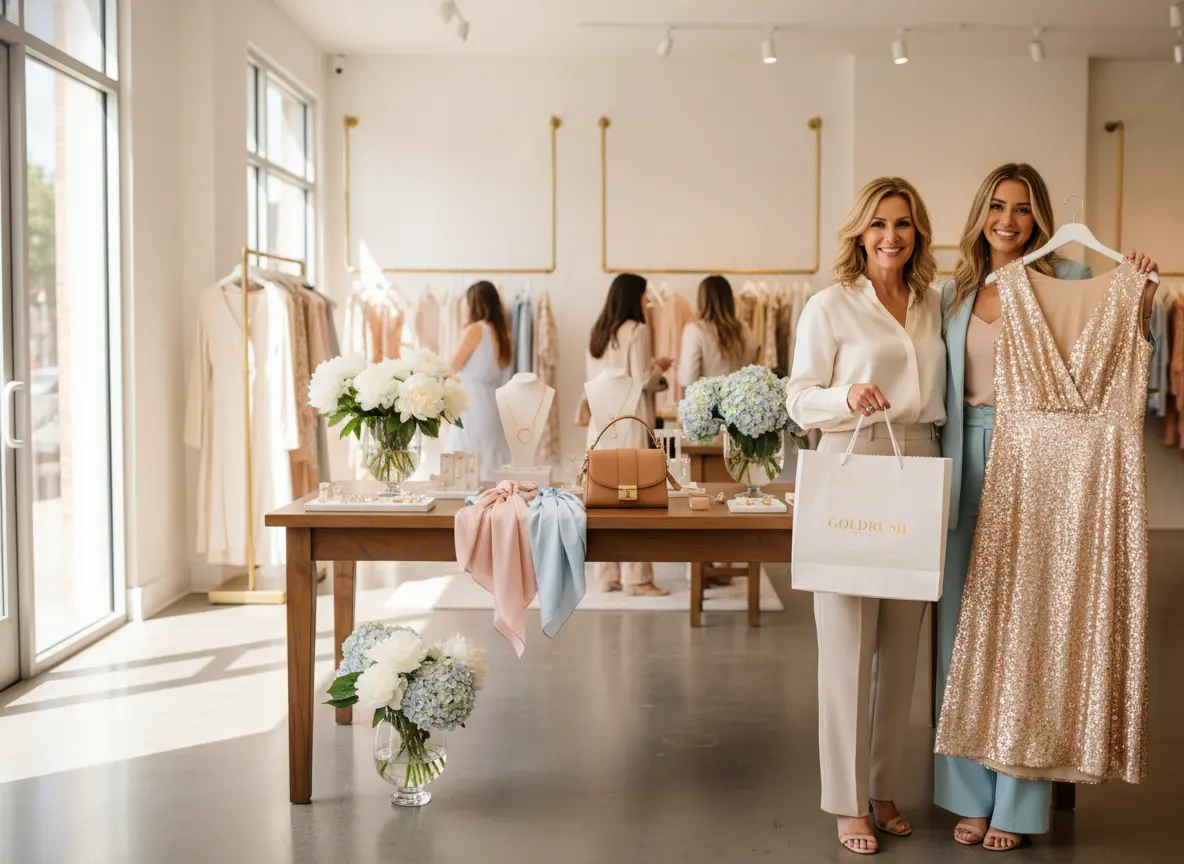Welcome to the Black Hole of Retail
You know the feeling. A customer walks in, their eyes glaze over, they do a slow, mournful lap around the store like a shark that’s lost its will to live, and then they drift back out the door. You’re left standing there, holding a perfectly folded sweater, wondering what went wrong. Did they not see the giant 50% OFF sign? Was your playlist of 90s soft rock too alienating? Or—and this one stings—did they just not feel seen?
In a world where online giants know our shopping habits better than our own mothers, the anonymous in-store experience feels… well, a bit insulting. Shoppers are silently screaming, “I have a name! I have specific, quirky needs! Please, for the love of all that is retail, acknowledge my existence!” If your store’s customer engagement strategy is to just hope someone makes eye contact with an employee, you’re not just losing a sale; you're creating a ghost. And ghosts, my friend, don’t become loyal customers.
But don’t despair and start planning a séance to win them back. The answer isn’t some terrifyingly complex algorithm. It’s about getting back to basics and remembering that the person on the other side of the counter is, in fact, a person. Fancy that.
The Low-Tech Art of Remembering People
Before you invest in a Minority Report-style facial recognition system, let’s talk about the simple, devastatingly effective, and gloriously free tactics you can use to make customers feel less like a walking wallet and more like a welcome guest. This is the stuff that builds real, lasting loyalty—the kind that can survive an Amazon Prime Day.
Master the "Hey, You!"... But, You Know, With Their Actual Name
There is no sweeter sound to a person than their own name, unless it’s the sound of a closing tab at the bar. Using a customer’s name is the oldest trick in the book, and yet it works every single time. It pulls them out of their daze and says, “I see you.” But how do you do it without being a total creep?
- Pay attention at checkout. When they hand you a credit card, you get a name. A simple, “Thanks so much, Sarah. Have a great day!” is a thousand times more powerful than a generic “Thanks.”
- Listen. If a customer walks in with a friend, they’ll use each other’s names. A little friendly eavesdropping can arm you with the ultimate personalization tool.
- Keep a "Regulars" log. A small notebook or a note in your POS system can help your whole team remember key customers. "John, loves dark roast, hates Mondays." Boom. You're not just a retailer; you're a part of his routine.
Recall Their Last Confession (A.K.A. Their Last Purchase)
Remembering what someone bought last time is a retail superpower. It’s the difference between a transaction and a relationship. When a customer returns, a simple question like, “Hey, how are you enjoying that ridiculously comfortable armchair you bought last month?” works wonders. It shows you weren’t just focused on the sale; you were invested in their satisfaction.
This simple act of recall achieves several things: it validates their previous purchase, makes them feel valued, and opens a natural door for a new conversation. For example, a boutique owner could say, “I remember you loved that blue silk blouse. We just got in a skirt that would look incredible with it.” It’s not just an upsell; it’s thoughtful, personalized advice.
The "Special Occasion" Sneak Attack
Collecting a customer’s birthday during your loyalty program signup can feel a bit transactional, but the payoff is pure relationship gold. According to Experian, birthday emails have a 481% higher transaction rate and generate 342% higher revenue per email than standard promotional messages. Why? Because it’s not just another sale announcement; it’s a personal celebration.
A simple automated email that says, “Happy Birthday, Karen! To celebrate, here’s 20% off just for you,” can be the highlight of their day. It shows you remembered, you made an effort, and you value them enough to give them a gift. This is how you turn a once-a-year shopper into a lifelong advocate.
Your Store's Unofficial, Non-Caffeinated Greeter
Okay, let's be realistic. You and your team are human. You get busy. You’re in the backroom wrestling with a box of inventory, you're on a ladder stocking the top shelf, or you’re deep in conversation with another customer. Meanwhile, three new people just walked in and were greeted by… crickets. That critical first impression was missed.
Making First Impressions Count, Every Single Time
Consistency is the secret sauce of a great customer experience, and the greeting is the most important ingredient. This is where a little bit of friendly tech can be your secret weapon. Think of it as your front-of-house MVP who never calls in sick. Our own Stella is designed for exactly this. She’s a human-sized robotic assistant who stands by your entrance and ensures every single person gets a warm, immediate welcome.
While she might not remember a customer’s dog’s name (we’re working on it), Stella can instantly let them know about the BOGO sale on dog toys, answer questions about store hours, and highlight that slow-moving-but-fabulous collection of artisanal soaps. She provides a perfect, professional touchpoint every time, freeing up your human staff to have those deeper, name-remembering, purchase-recalling conversations that truly build a loyal following.
Level Up Your Loyalty (Without Giving Away the Farm)
Loyalty programs are everywhere, and frankly, most of them are a snooze fest. A crumpled punch card that promises a free scone after ten purchases isn't inspiring loyalty; it's inspiring people to clean out their wallets. It’s time to think bigger.
Ditch the Generic "10th Coffee Free" Punch Card
Your most loyal customers don't just want a discount; they want status. They want to feel like insiders. Instead of a simple "spend more, save more" model, create a tiered program that offers experiences and exclusivity. Consider offering perks like:
- Early access to new collections or sales.
- Invitations to exclusive in-store events or workshops.
- A surprise gift on their "member-versary" (the anniversary of them joining).
- Personal styling sessions or one-on-one consultations.
Look at Sephora's VIB Rouge program. The rewards aren't just free samples; they are exclusive access and a tangible sense of status. That’s what makes people spend that extra $50 to hit the next tier.
Segment Your Email List Like You're Sorting Laundry
Sending the exact same email to every single person on your list is the digital equivalent of screaming into a hurricane and hoping someone hears you. It’s lazy, and your customers can tell. Segmentation is non-negotiable. At a bare minimum, you should be sorting your list by:
- Purchase history: Don’t send a promotion for women’s dresses to a customer who has only ever bought men’s shoes.
- Engagement level: Reward your most active openers and clickers with special offers.
- Customer lifecycle: A welcome email for a new subscriber should be vastly different from a re-engagement campaign for a customer who hasn't shopped in six months.
The data doesn't lie. According to Mailchimp, segmented campaigns get 101% more clicks than their non-segmented counterparts. It’s more work, yes, but it’s also the difference between being marked as spam and making a sale.
A Quick Reminder About Stella
While your team is busy building those deep, personal relationships, don't forget that consistent, professional engagement starts at the front door. Stella ensures no customer goes unnoticed, promoting your key offers and freeing up your staff to do what they do best: connect with people.
Conclusion: Stop Selling and Start Seeing
At the end of the day, personalization isn't about having a massive budget or a team of data scientists. It's a mindset. It’s about shifting your focus from "How can I sell this person something?" to "How can I make this person's day a little better?" It’s about remembering a name, a preference, or a past purchase. It's about making people feel like they matter to your business beyond the number on their receipt.
So here’s your homework:
- Pick one tactic. Just one. Challenge your team to try remembering customers' names for one week and see what happens.
- Audit your loyalty program. Is it just a glorified discount, or does it offer real, exclusive value?
- Look at your last email blast. Was it written for an audience of thousands, or did it feel like it was written for someone?
Stop treating your customers like transactions on a spreadsheet. Start treating them like people you’d actually like to see again. Because, spoiler alert, that’s how you get them to come back.

